Captivating cinematography and striking visuals can transport viewers into a world of cinematic storytelling. One powerful tool that has played a significant role in shaping the aesthetics of the film industry is the anamorphic lens. But knowing how and when to use an anamorphic lens is key to unlocking its full potential. In this article, we will explore the art and technique behind using anamorphic lenses, providing valuable insights into when and how to incorporate them into your filmmaking toolkit.
Widescreen anamorphic lenses, also known as cine lenses, have long been associated with Hollywood movie masterpieces, often perceived as exclusive tools for top film and television teams.
However, this perception is not entirely accurate. The SIRUI brand, committed to offering professional imaging equipment support for imaging teams, photographers, and enthusiasts, introduced two budget-friendly widescreen anamorphic lenses back in 2020. These lenses are designed to be user-friendly in terms of price and operation, making it accessible for amateur photographers to create unique and stunning images using this powerful tool.
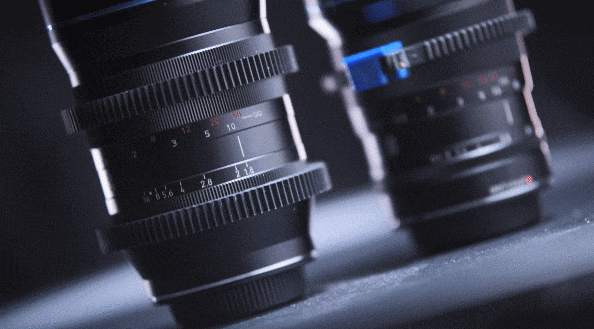
Tips on shooting for different scenarios
Capturing stunning images in various shooting scenarios requires a thoughtful approach and the right equipment. In this section, we explore tips on shooting with a widescreen anamorphic lens, which opens up a world of creative possibilities. From beautiful portrait photography to widescreen scenes, gourmet food photography to parties and weddings, and action scenes on highways, we delve into how the widescreen anamorphic lens can enhance your visual storytelling and bring a unique perspective to your images.
2. Beautiful portrait photography
Compared with ordinary lenses, the SIRUI widescreen anamorphic lens can increase the horizontal field of view by 33%. For close-up half-length portraits or mid-to-long range full-length portraits, good shooting results can be obtained.
The biggest visual perception is that with the same proportions of characters, more background environments are added at both ends of the screen. It will not let the bloated portrait "dominate the screen", but also let the picture show more about the relationship between the character and the background. Combined with the ultra-large aperture of F1.8, the just right virtual and real effect brings more levels and beauty to portrait shooting.

2. Widescreen scenes
In addition to portrait shooting, scenic travel/documentary/vlogging is also one of the common shooting scenes. The charm of shooting with a wide-screen anamorphic lens is to make the whole scene visually wider.
No longer like the footage shot by a normal spherical lens, the upper and lower screens need to be cropped or masked. The wide-screen anamorphic lens can make full use of all the pixels under the shooting without loss of image quality and retain more details of the screen. Just like personal experience, giving the audience a real sense of being in a cinema-level blockbuster.
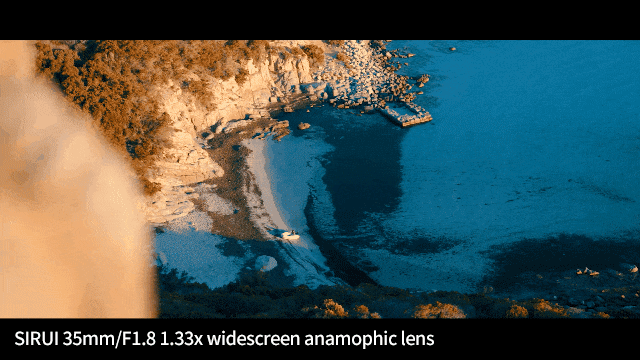
3. Gourmet food photography
With the above-mentioned wide-range scenery shooting, how does it perform in the mid-range or close-up shots? Then feel its ability in a filming of gourmet food or dessert making.
The horizontal angle of view of the SIRUI 35mm/F1.8 1.33X widescreen anamorphic lens is equivalent to that of an ordinary 40mm lens. Its scene use is almost universal; it can display close-ups of food scenes and is also suitable for scene content in the cooking process. Maybe No foodie audience can not fall in love with this coveted scene.
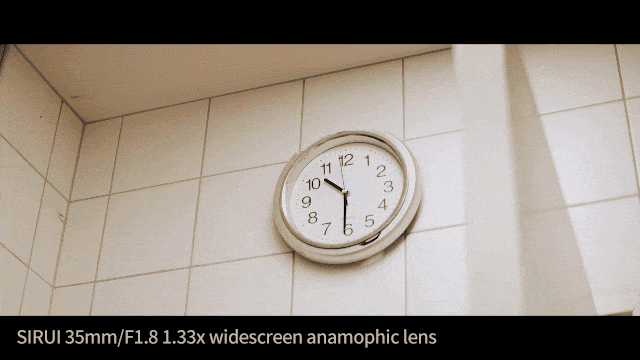
4. Parties and weddings
Personal self-entertainment is far less than the excitement of a group of people. How to capture the joyful atmosphere with widescreen anamorphic lens in party scenes with friends, family, friends, buddies, etc.
Try to start with props or decorations that have a significant atmosphere, such as red and green Christmas elements, red paper-cut Spring Festival atmosphere, a wedding scene in a snow-white dress, and turn the screen to the crowd's laughter and play. Even in a narrow and confined indoor scene, you can use the lens to obtain a wide viewfinder at a short shooting distance, allowing the long-lost joy to be released once again through the lens.
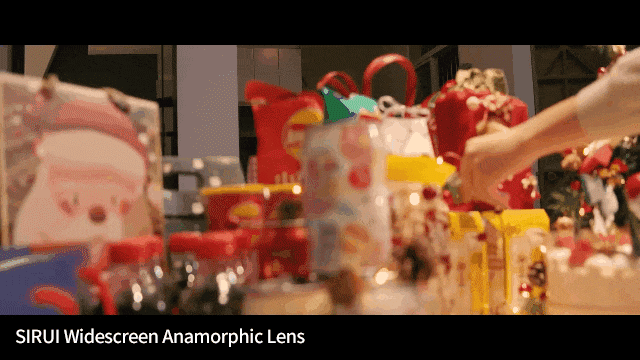
5. Action scenes on highways
With so many such warm scenes in front, do you also want to have some exciting scenes? Why not use a wide-screen anamorphic lens to take pictures of cars and create your own speed and passion.
Thanks to the unique characteristics of wide-screen anamorphic lenses, horizontally long stripes of glare will appear when shooting strong light sources. Especially in the process of shooting a fast-moving car, the movement of the headlights in the picture also drives the dazzling change of the backlight drawing effect. Get rid of the post-processing special effects, and you can also easily take pictures of the car with a sense of science fiction.
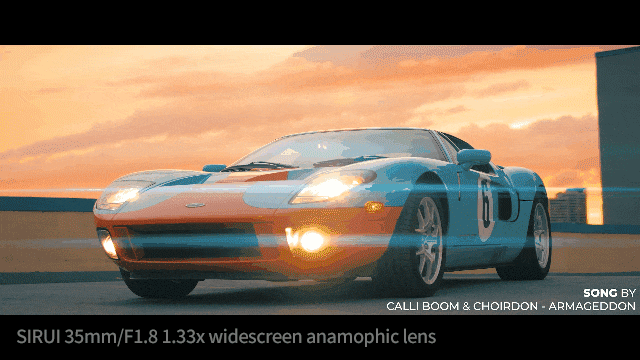
Whether you're aiming for a classic widescreen look, stunning lens flares, or an immersive visual experience, incorporating anamorphic lenses into your filmmaking arsenal opens up a realm of creative possibilities. Embrace the art of anamorphic cinematography, experiment with different shooting scenarios, and unleash your creativity to captivate audiences with breathtaking visuals that leave a lasting impression.

















